Stretch marks—known medically as striae—are a natural part of life for many people. Whether from pregnancy, growth spurts, or quick changes in body composition, they’re completely normal. Still, maintaining skin that feels hydrated, comfortable, and resilient can help minimize their appearance. Rejûvaskin Stretch Mark Cream was designed with this goal in mind—formulated with clinically supported ingredients that promote hydration, elasticity, and barrier repair.
Why Skin Needs Extra Support During Stretching
When the skin stretches rapidly, the dermal elastic network can become strained. Supporting the barrier with hydrating, lipid-rich, and signaling ingredients helps the skin maintain flexibility and recover more efficiently. Studies have shown that consistent moisturization and ingredients like hyaluronic acid may help improve the look of early stretch marks by supporting elasticity and hydration (American Academy of Dermatology, n.d.).
The Key Ingredients Behind the Formula
1. Polypeptides (Signal Peptides)
Polypeptides act as messengers that stimulate collagen and elastin pathways, encouraging firmness and flexibility. Research suggests topical peptides can improve skin smoothness and elasticity over time (Farahnik et al., 2017). In a stretch-mark context, that means they may help skin better resist and recover from tension as it expands.
2. Ceramides (Barrier Lipids)
Ceramides are essential components of the skin’s natural barrier. They lock in moisture and prevent transepidermal water loss (TEWL), which can increase overnight. Reinforcing ceramides in topical products helps maintain hydration and protects the skin from feeling dry or tight—two common issues during pregnancy and weight changes.
3. Cocoa & Shea Butter (Rich Emollients)
These butters act as intensive moisturizers, creating a soft, smooth surface that helps skin stay comfortable. While evidence on cocoa butter alone is mixed, dermatologists agree that consistent hydration from emollient-rich products improves the skin’s elasticity and overall condition (Mendes et al., 2022).
4. Aloe Vera (Soothing Hydration)
Aloe adds lightweight moisture and natural soothing compounds that help calm irritated or tight skin. Studies also suggest that gentle massage—using aloe-based or emollient creams—can improve local microcirculation and comfort in stretching areas (Farahnik et al., 2017).
What Science Says About Stretch-Mark Prevention and Care
-
Early and consistent use matters most. Starting a moisturizing routine before marks appear can reduce severity.
-
Active ingredients show promise. Hyaluronic acid, peptides, and plant extracts like Centella asiatica have all been associated with improved elasticity and fewer visible striae (Hernández et al., 2013).
-
Barrier support improves comfort. Ceramide and butter-based moisturizers strengthen the outer layer, protecting against dryness and itch while supporting recovery.
Importantly, no topical treatment can completely prevent or erase stretch marks for everyone. However, creams like this can significantly improve hydration, elasticity, and comfort, making skin more resilient to the stretching process.
How to Use for Best Results
-
Start early and apply twice daily. Focus on areas prone to stretching, such as the abdomen, breasts, thighs, and hips.
-
Massage gently in circular motions. Regular massage helps absorption and may encourage elasticity.
-
Continue after pregnancy or weight changes. Consistency enhances visible smoothness and texture over time.
Rejûvaskin Stretch Mark Cream brings together polypeptides, ceramides, cocoa & shea butter, and aloe to hydrate deeply, strengthen the barrier, and support skin’s natural repair. The result: more supple, nourished skin that feels as strong as it looks.
Works Cited
American Academy of Dermatology. (n.d.). Stretch marks: Why they appear and how to get rid of them.https://www.aad.org/public/cosmetic/scars-stretch-marks/stretch-marks-why-appear
Farahnik, B., Murase, J. E., & Murase, D. (2017). Striae gravidarum: Risk factors, prevention, and management.International Journal of Women’s Dermatology, 3(2), 77–85. Link
Hernández, J. Á. G., et al. (2013). Use of a specific anti-stretch mark cream for preventing or reducing the severity of striae gravidarum. International Journal of Cosmetic Science, 35(3), 233–237. Link
Mendes, N., et al. (2022). A narrative review of current striae treatments. Dermatology and Therapy, 12(1), 1–15. Link
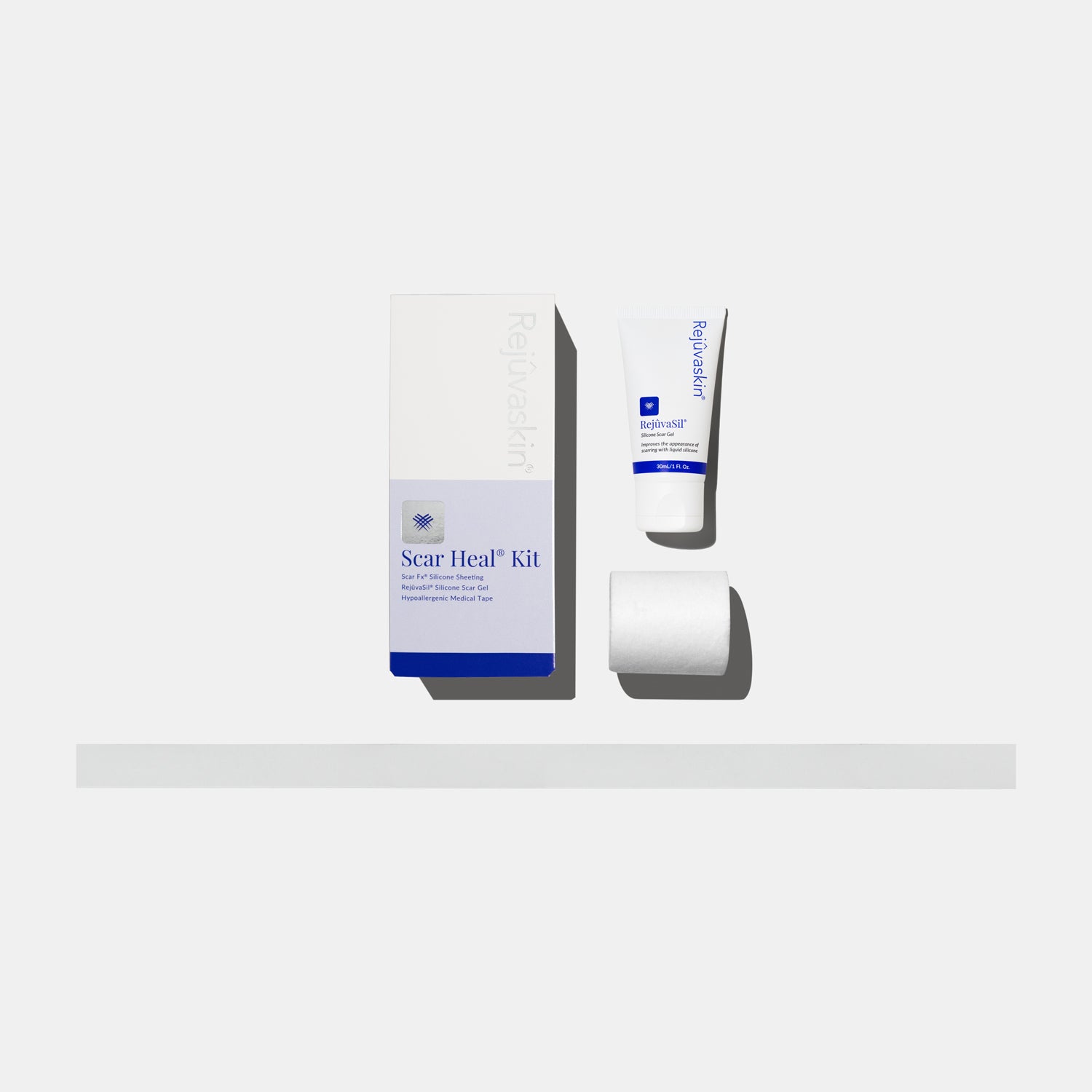


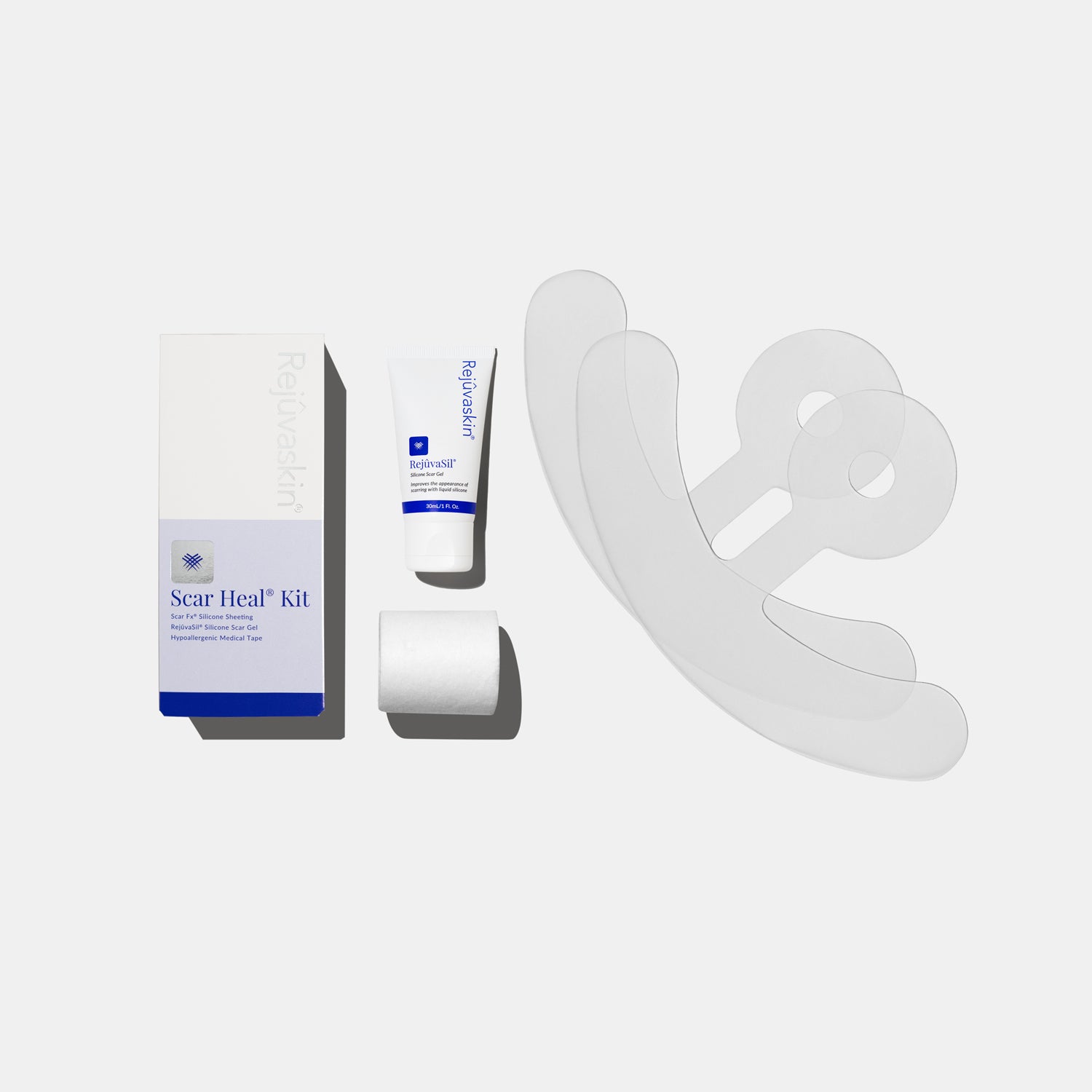
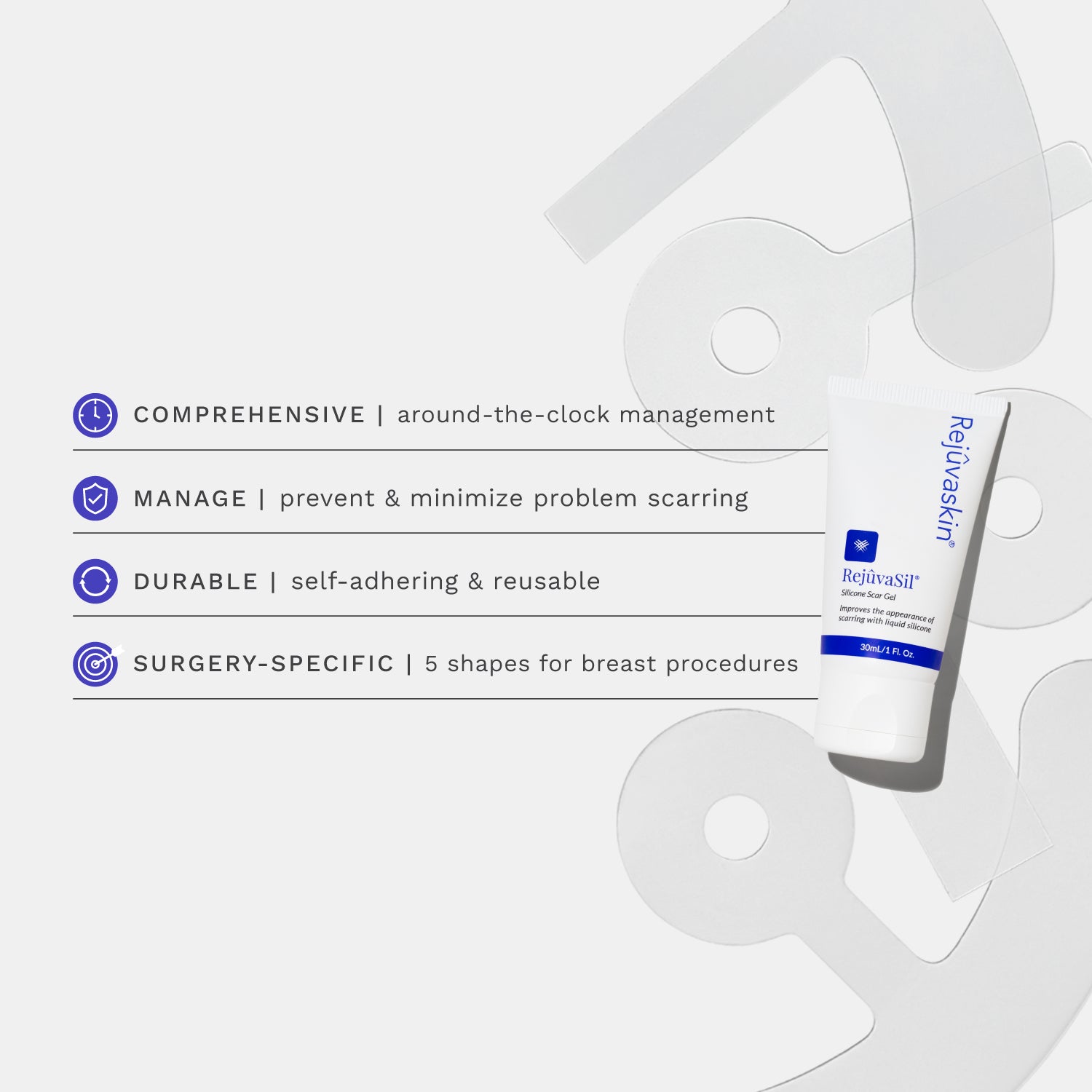
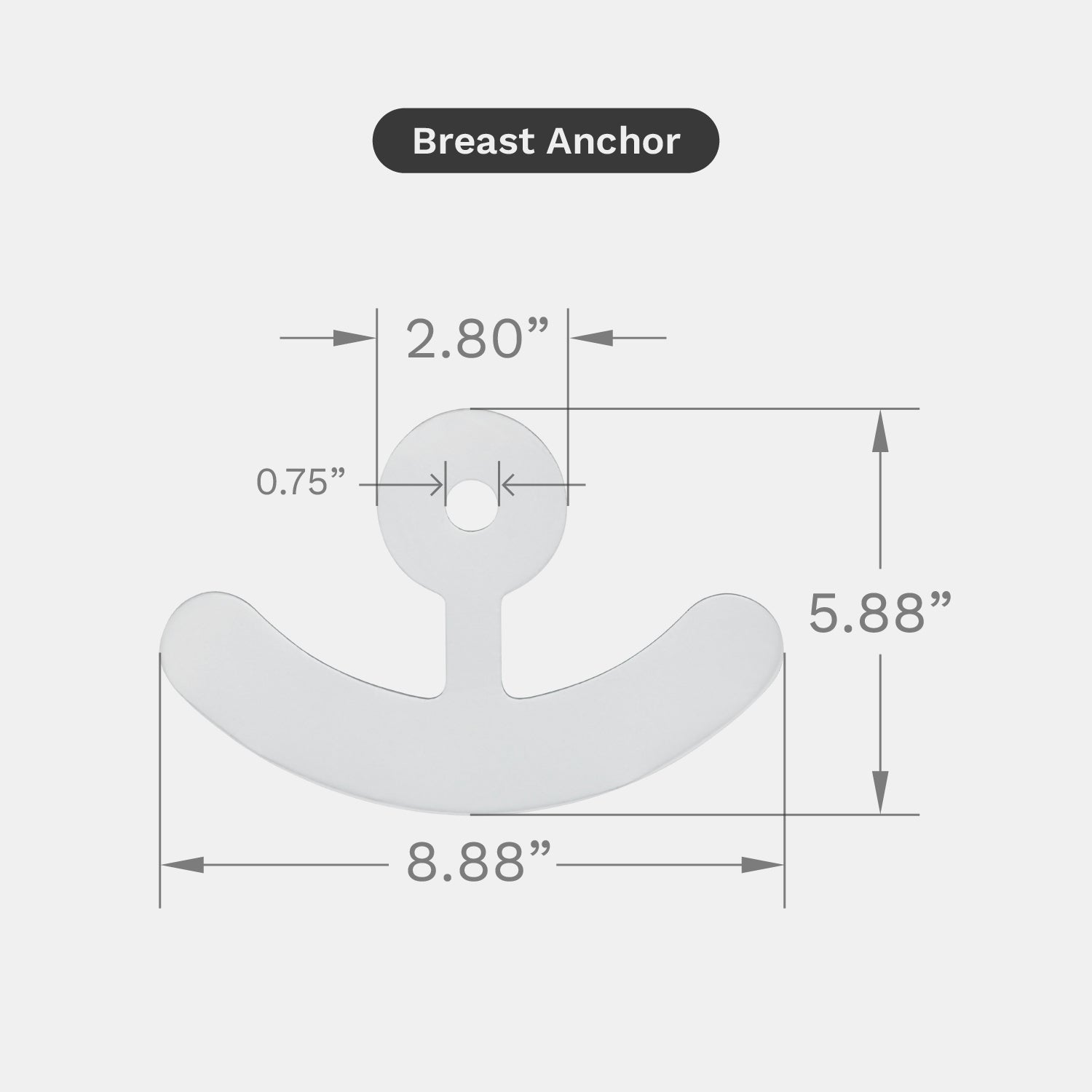
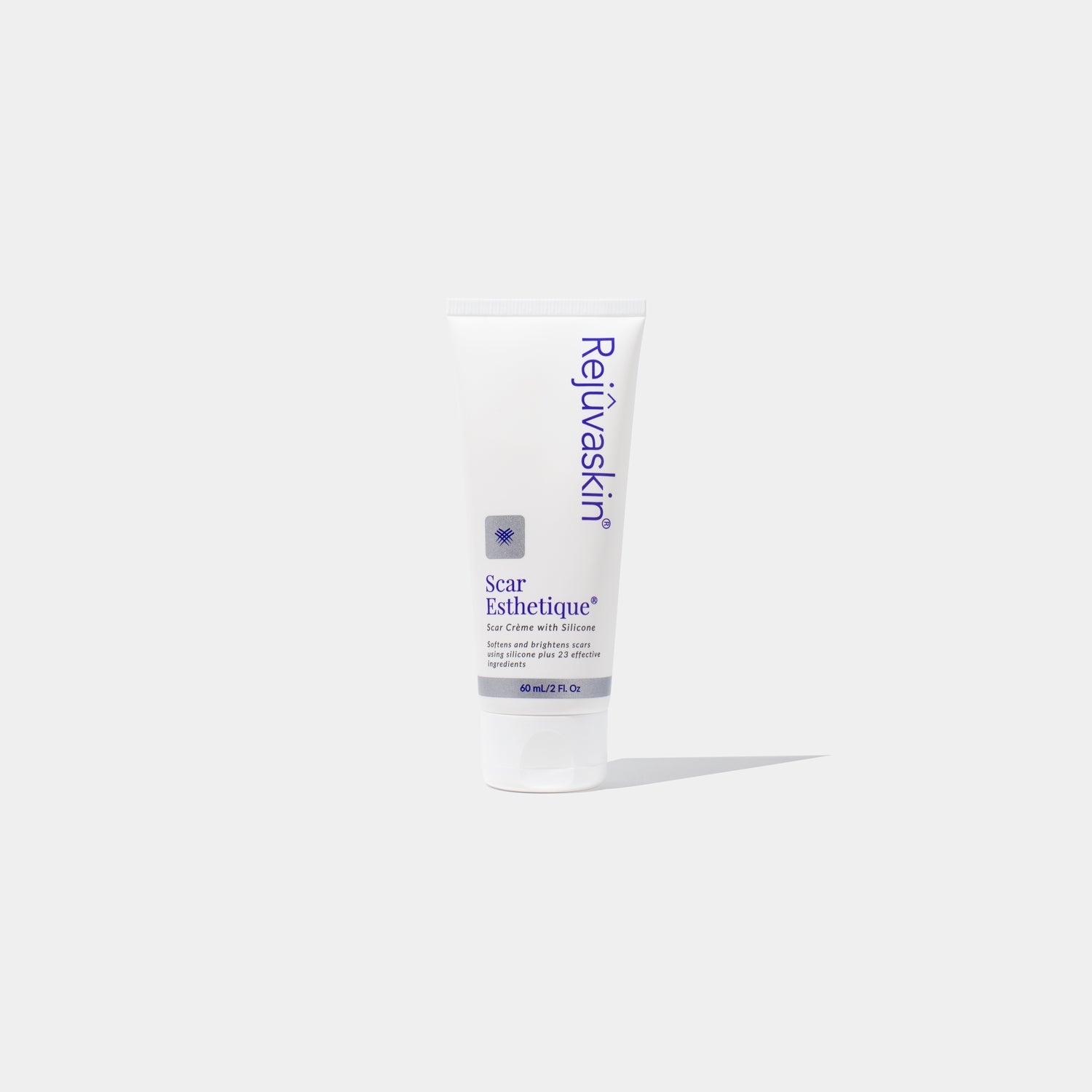
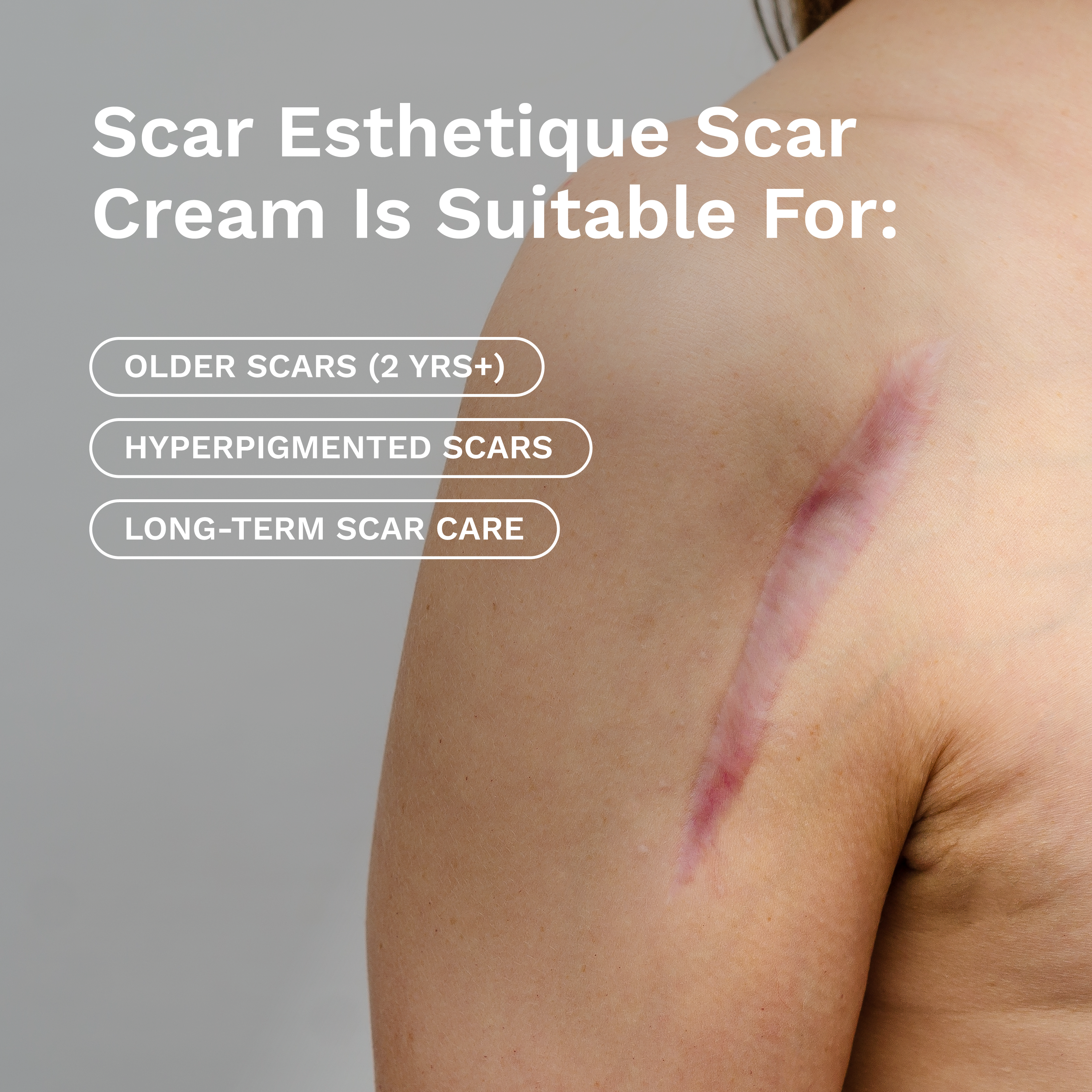








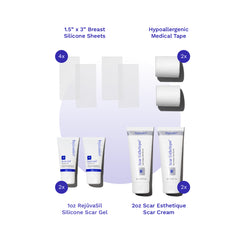
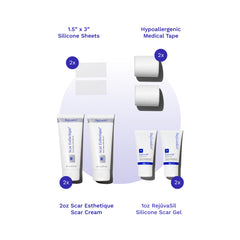

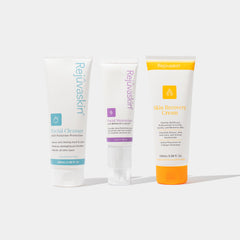
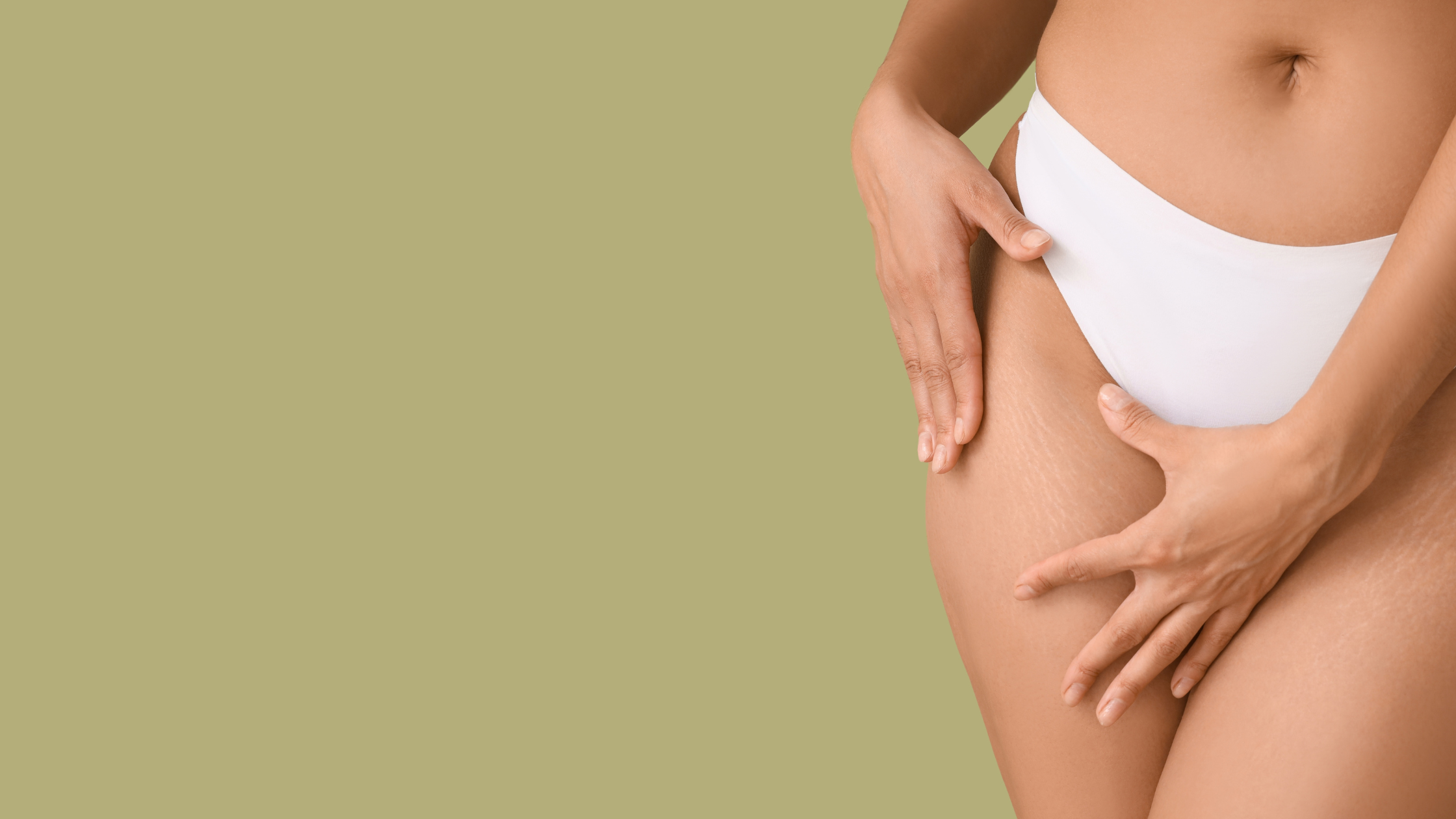
Leave a comment